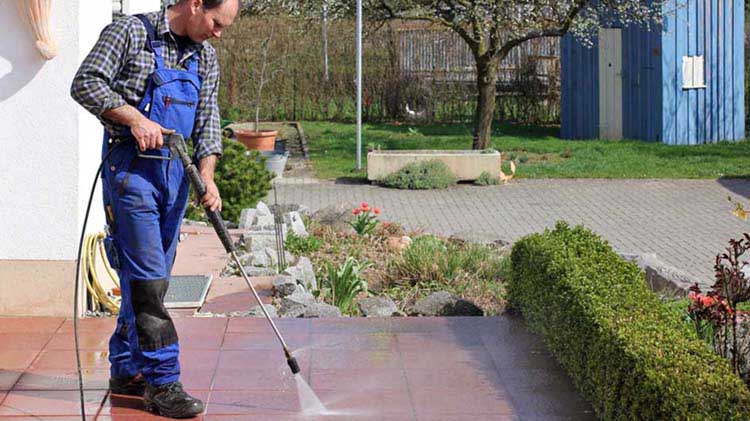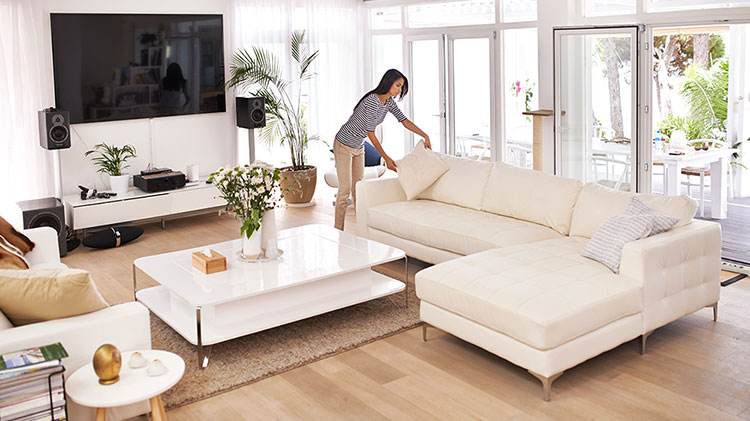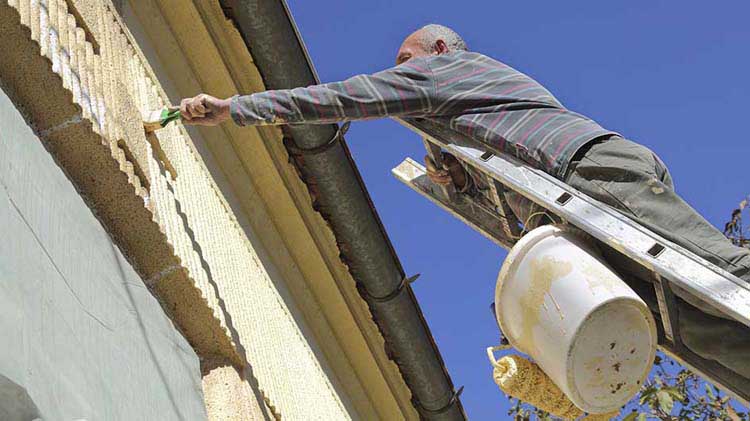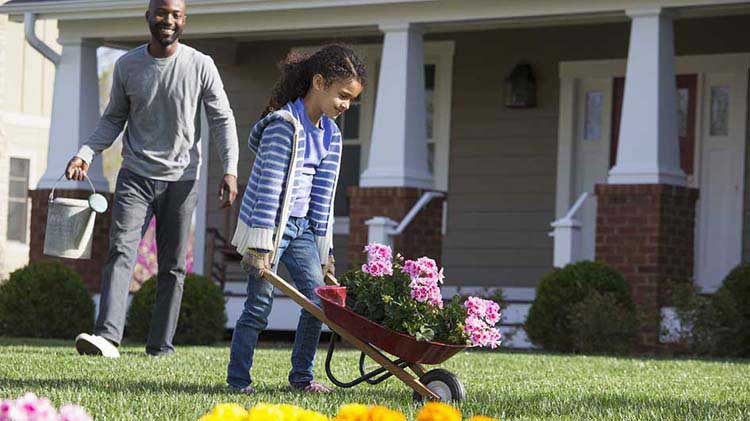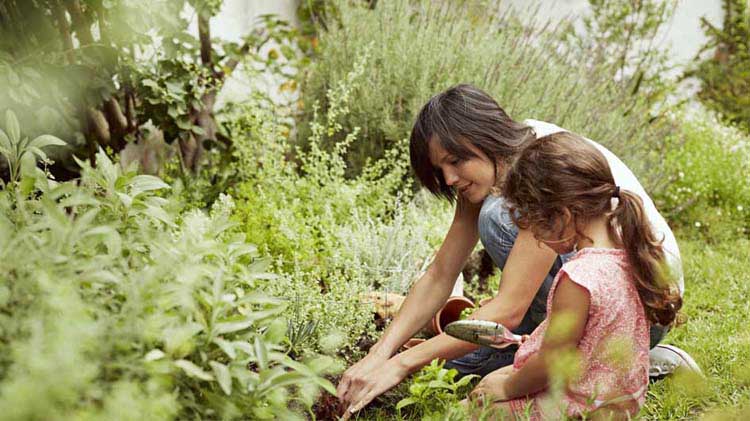Pressure washer safety tips
You've got a big mess, but before you set the power washer to blast, take time to learn a few tips that might help prevent damage to what you are washing.
Did you know a pressure washer can spray water up to 4,000 pounds per square inch (PSI)? That's 80 times the force of a garden hose. These pressure washer safety tips can help you handle that extra power.
Things to avoid pressure washing
As tempting as it is to pressure wash everything, some surfaces are not able to handle the force. Consider avoiding pressure washing these surfaces:
- Wooden furniture – Wood could be damaged from too much pressure. If you decide to pressure wash, start with a low setting and work your way up as needed.
- Outdoor fabrics – The high pressure could cause unintentional harm to the fabric.
- Crumbling concrete and brick – The pressure could cause fissures and continue to loosen the surface.
- Painted surfaces – Unless you want to remove the loose paint or totally remove it, a low setting is recommended.
- Roof shingles – The pressure may wash away the granules that are there to protect your roof.
- Car – The high pressure could remove paint from your vehicle. If you do use a power washer, use a lower PSI setting.
- Siding – It's possible water could get under the siding and damage insulation, and start mold growth.
- Electrical panels and meters – While they are built to withstand weather conditions, a power washer could force water into cracks and cause damage.
- Air conditioners – Consider using a garden hose instead.
- Windows – The pressure could break the window. It’s best to clean them with traditional window cleaners.
- Gutters – While it may be tempting to blow out debris from the gutter, this could pull the gutter from the home or damage downspouts. Another option would be to clean gutters carefully by hand and rinse them with the garden hose.
- People or pets – The pressure from the water could break the skin.
How should I clean and store my power washer?
Keeping your high pressure washer in good condition can help improve safety. Always check it before use and follow these guidelines:
- Make sure your model has been approved by an independent testing organization, such as Underwriters Laboratories.
- Never attempt to repair a damaged hose. Always replace it.
- Don't clean the machine with its own gun — water can damage the machine and increase risk of electric shock.
- Have a qualified electrician check the unit if it trips a circuit breaker.
Pressure washer safety
Use the tool responsibly by following these important pressure washer safety tips.
- Never operate a gas model indoors.
- Use only extension cords designed for wet conditions, and always plug the unit into a grounded outlet.
- Wear safety glasses, gloves and rubber boots (or rubber-soled shoes with insulation) for protection.
- Do not spray others, animals or yourself — power washers can easily penetrate skin.
- Don't let children operate the machine, and keep them a safe distance away when you're using it.
- Use only cleaners approved for your model, and never use chemicals such as pesticides.
- Be cautious around power lines, service feeds and electric meters.
- Stand three to four feet from the surface you are cleaning to prevent harmful ricochet.
- Place the pressure washer on a flat surface before turning it on.
- To start, test a small area. Begin with the least amount of pressure so the area isn’t damaged and increase pressure, if needed.
- Remove all excess water from the pressure washer after the job is done and before storage.
